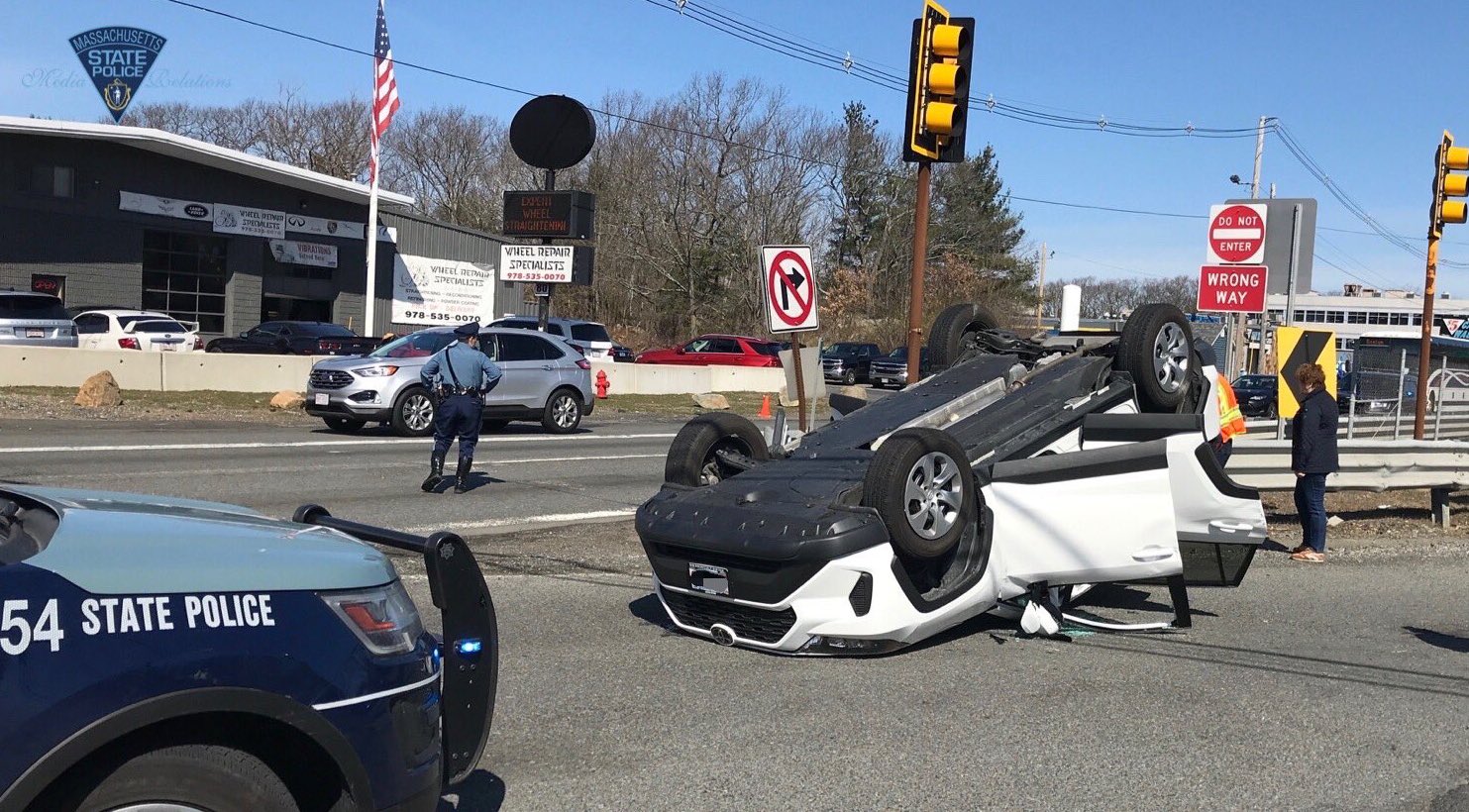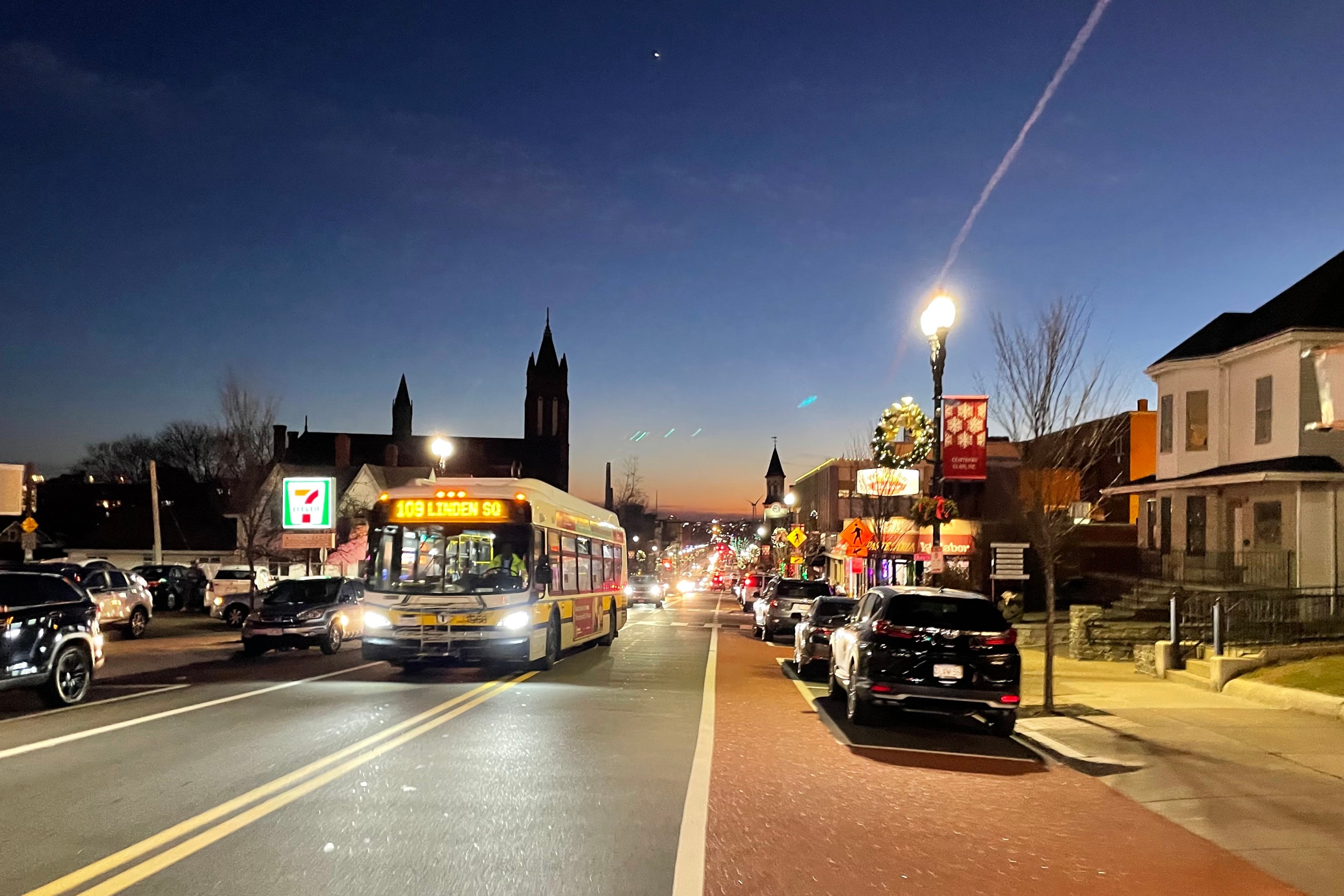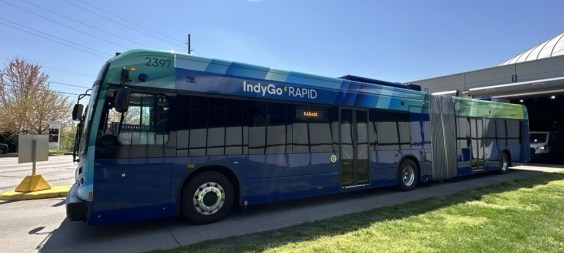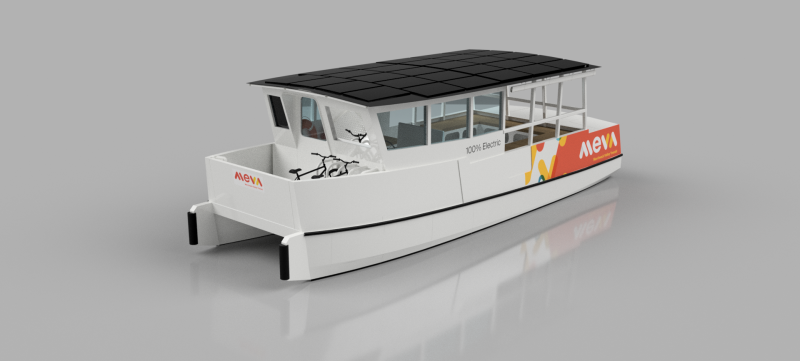Here's a silver lining of the COVID-19 pandemic: with widespread "stay at home" orders in place, motor vehicle operators have fewer opportunities to maim and kill their victims on the Commonwealth's streets.
In the 18-day period from March 15 and April 1, there were 1,044 crashes logged in the state's crash data portal. Drivers in those crashes caused at least 396 non-fatal injuries, and caused 11 deaths.
To be sure, that's a lot of unnecessary violence at a time of emergency when the state's hospitals are already struggling to handle a surge of COVID-19 cases. But it's nowhere near the amount of unnecessary violence that drivers would have caused in a more typical March.
In the same 18-day period of 2019, the state's records show that there were 3,922 crashes. Drivers in those crashes killed 18 people, and injured 1,301 more.
Those numbers suggest that while the overall number of crashes has declined dramatically, the proportion of crashes that involved injuries has gone slightly up: during this period of 2019, 33 percent of crashes involved an injury; in 2020, it was 38 percent.
The decline in the number of crashes has been particularly dramatic in Boston, Cambridge, and Somerville, as illustrated in the maps below:
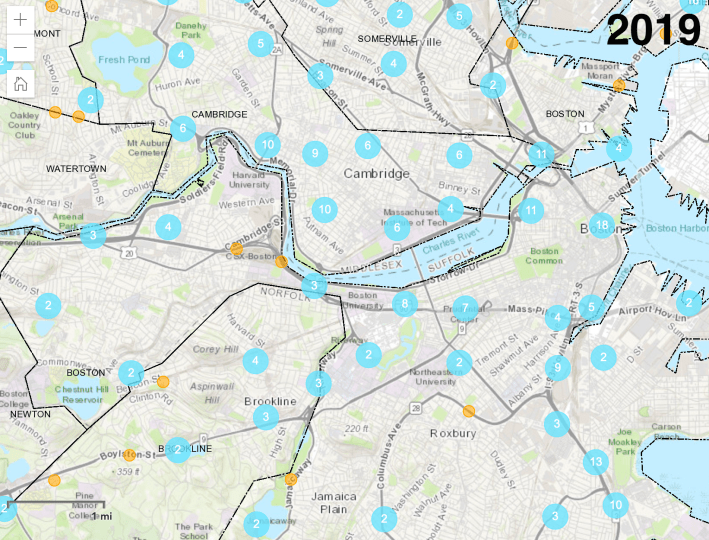
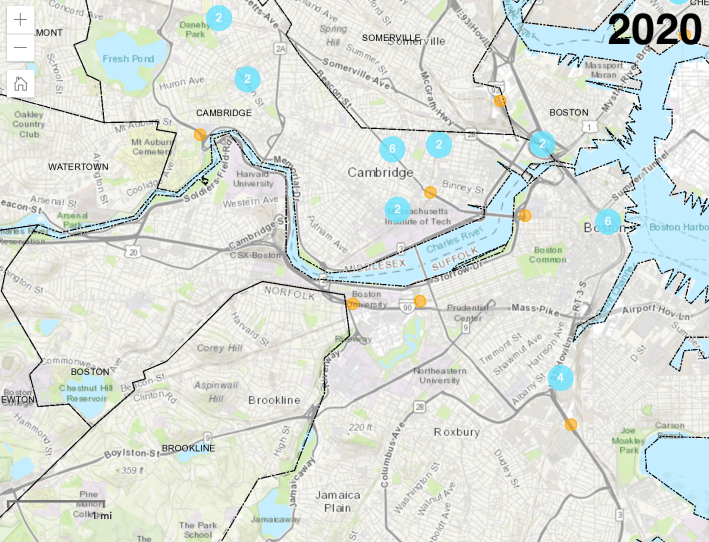
Drivers still ended three lives in the City of Boston during March 2020. Victims included Stephen Salazar, 32, of Jamaica Plain, who crashed his motorcycle on I-90 in Allston on March 4th, an unidentified pedestrian who was killed by a driver outside Boston Medical Center on March 16th, and Joseph Lambright, 45, of Fall River, who died after crashing his Mercedes on Interstate 93 in Dorchester on March 29.
